In an open letter to Trump, 661 US Companies and Associations urged the administration to avoid tariff escalation with China. Instead, the administration should try to reach resolution with China on trade. The letter came as US Trade Representative is set to start hearings regarding 25% tariffs on USD 300B, essentially all untaxed, Chinese imports. The letter, lead by “Tariffs Hurt the Heartland” campaign,w as signed by 520 companies and 141 trade associations. .
“We remain concerned about the escalation of tit-for-tat tariffs,” the letter states. “We know firsthand that the additional tariffs will have a significant, negative and long-term impact on American businesses, farmers, families and the U.S. economy. Broadly applied tariffs are not an effective tool to change China’s unfair trade practices. Tariffs are taxes paid directly by U.S. companies, including those listed below – not China.”
“We urge your administration to get back to the negotiating table while working with our allies to develop global, enforceable solutions. An escalated trade war is not in the country’s best interest, and both sides will lose,” the companies and associations added.




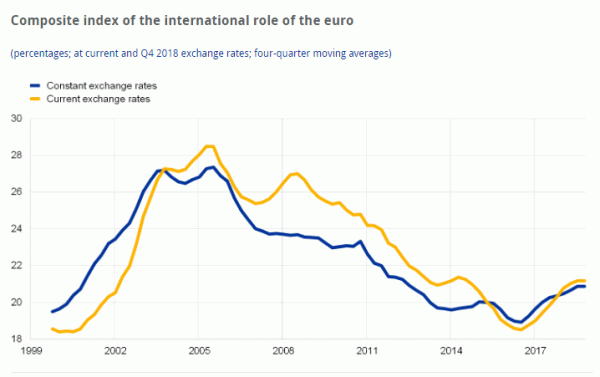
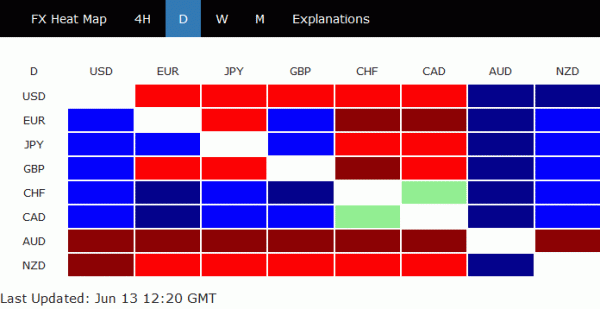
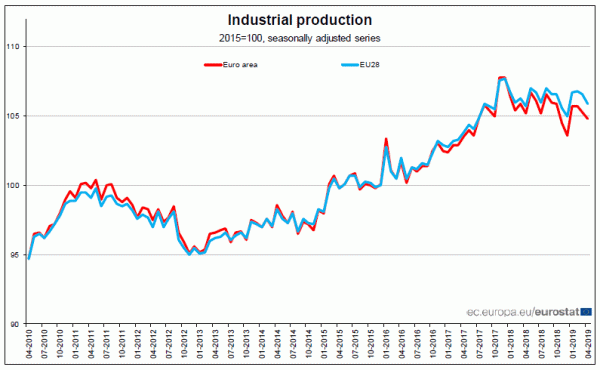
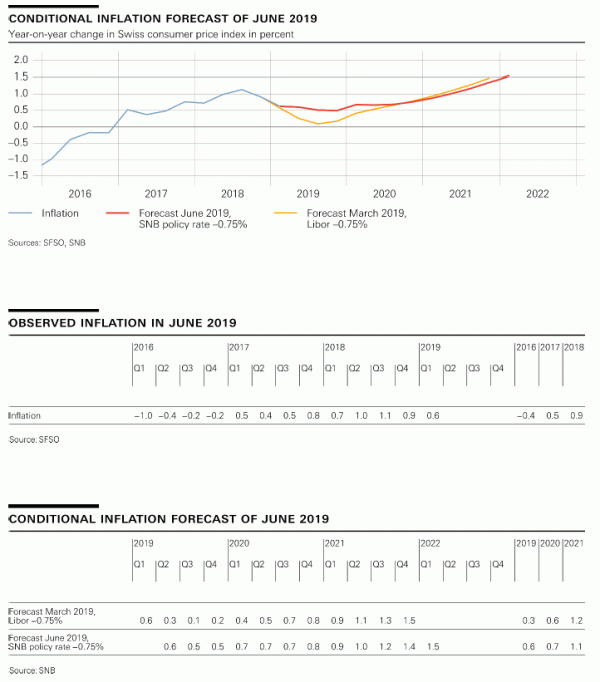
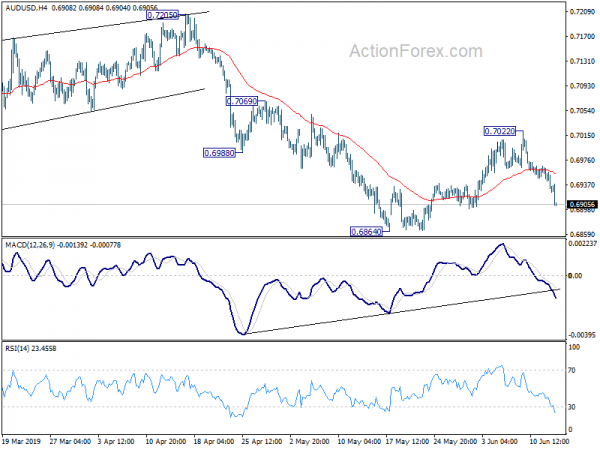
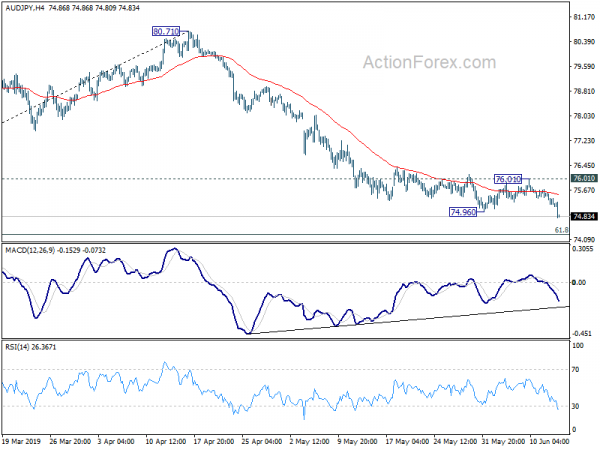
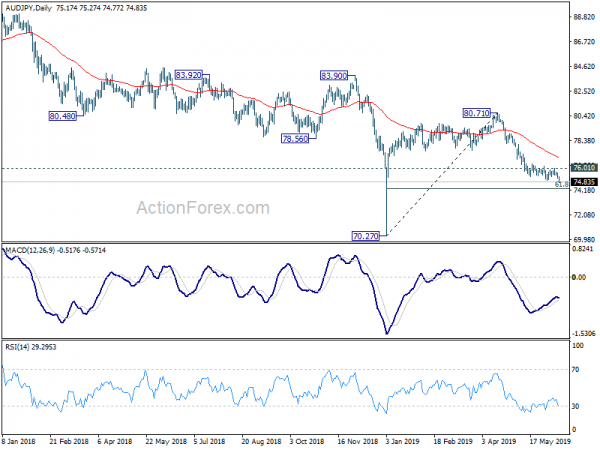
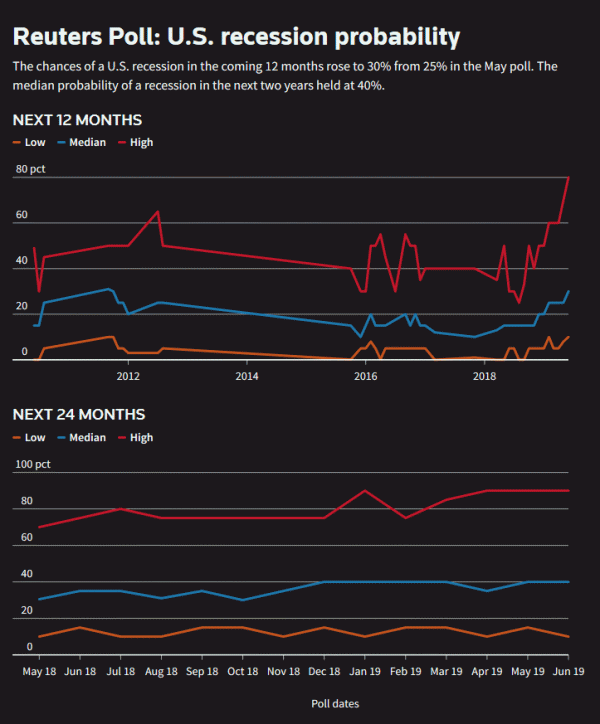
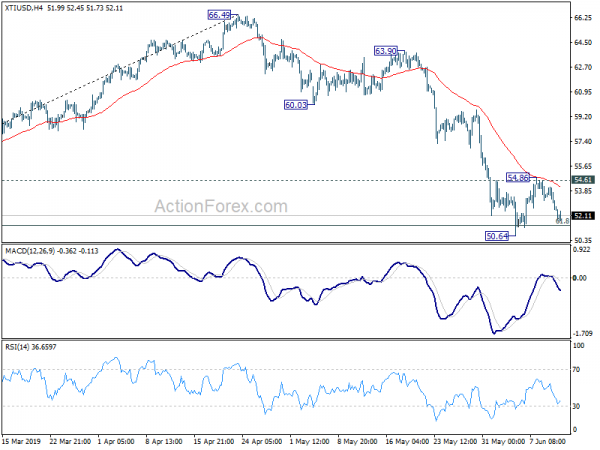
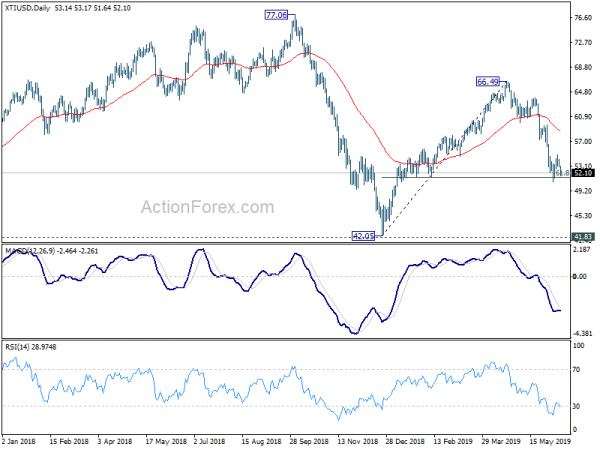
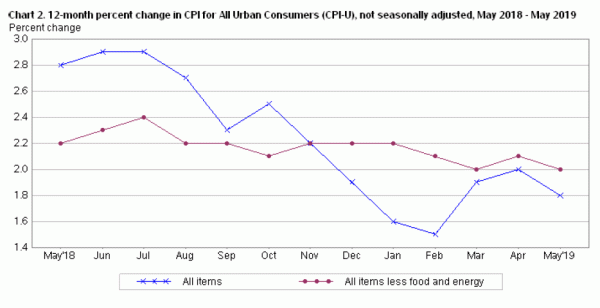
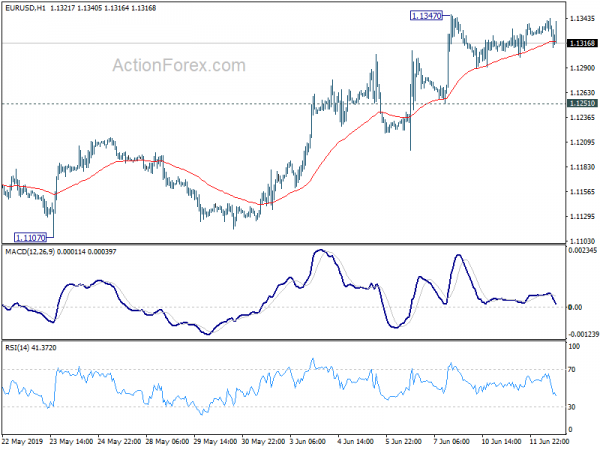

New Zealand Manufacturing PMI dropped to 50.2, lowest since 2012, downside risks accumulating
New Zealand BusinessNZ Manufacturing PMI dropped to 50.2 in May, down from 52.7. Also, it’s the lowest reading since December 2012. BusinessNZ’s executive director for manufacturing Catherine Beard said that the drop in activity to its lowest point in over six years was obviously a concern, especially when the sub-index values are examined.
She added: “Production (46.4) was at its lowest value since April 2012, while the other key sub-index of new orders (50.4) only just managed to stay in positive territory. Given the latter feeds through into the former, it does not instil a strong belief that the sector will show solid improvement over the next few months”.
BNZ Senior Economist, Doug Steel said that “the PMI sends a warning signal for near term growth via its mix of falling production, near flat new orders, and rising inventory. Next week’s Q1 GDP should be reasonable, but beyond this downside risks are accumulating”.
Full release here.